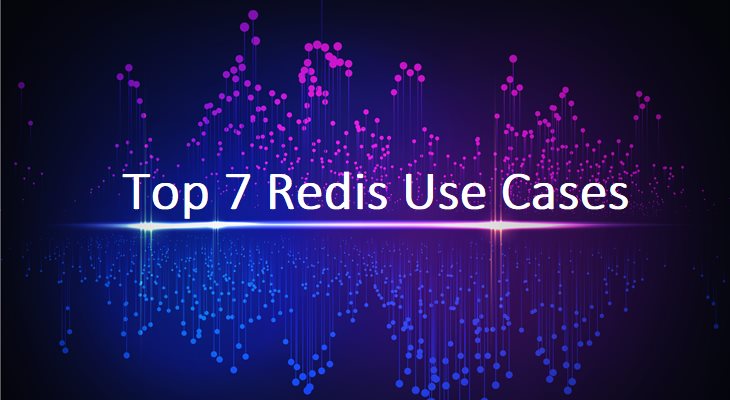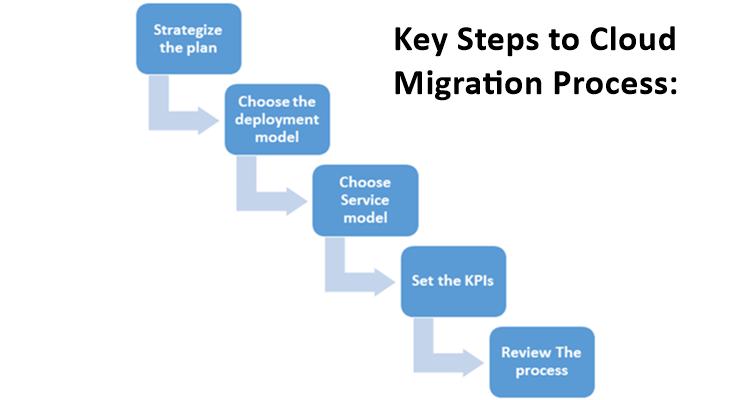Cyber threats have been growing in the past few years and having the log management system for the data procurement will not solve these ever-evolving cyber threats. That is where the integrated tools such as SIEM come into the picture.
We will be discussing the difference between SIEM and Log management in this blog.
What is SIEM?
SIEM in generic terms stands for Security Information and Event Management. It is the combination of Security Information Management (SIM) and Security Event Management (SEM).
The basic logic behind a SIEM is that of aggregating data from multiple resources, understand the fluctuations from the defined process, and take the necessary action on it.
What is Log Management?
Log management is generally the combination of processes used to monitor and facilitate the data generation its transmission, which then proceeds to its analysis & storage, and at last the disposal of the large volumes of data.
Differentiating Factors between SIEM and Log Management
The Process of Gathering the data
Log Management gathers the data based on the policies through some system-specific, event-driven notifications but it takes some efforts to centralize the data.
But, SIEM is an advanced level tool in which you can centralize the data with ease; this makes it easier to store the data in the first place.
Basic in nature
In the log management system, you need to figure out the type of information to be gathered, the medium of transferring the logs, and the process of storing it.
That is where the SIEM event management tools thrive. As these tools are highly advanced, they help to reduce the number of events required for the completion of the log management cycle, and hence it does not just save time but improves efficiency.
Real-Time Analysis
In the case of log management, you cannot receive the notifications for the threat detection as analysis and decision making part does not exist in the log management systems.
But, in the SIEM tools, you can do the real-time analysis on the data and notify the users if there are any fluctuations with the normalized data, i.e. threat of a cyber-breach.
Data Security Compliance
You cannot find compliance features in your common log management tools, and you need some other forms of devices to adhere to the data security compliance norms.
Most SIEM systems have compliance reporting features, and these features help you to abide by the data security requirements.
Capability to identify, analyze and protect from Threats
Log Management tools are not intelligent enough to be able to analyze the cyber threats and these tools can only dispatch the data from which you will need to draw conclusions whether the threat is posed or not.
But SIEM tools can not only identify and notify the cyber threats but if the cyber breach takes place, these tools have the features to generate reports within minutes of the breach.
This practice helps you to understand the causes behind the breach and also gives you an opportunity to prepare for the fight against future cyber threats.
You may like to read:
Why to Create an Inbound Marketing Campaign: Benefits and Reach





